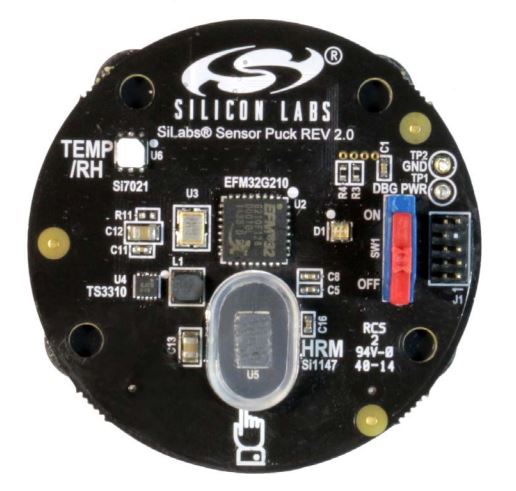- Home
- Symmetry Blog
- Home Automation: Connected Lighting Use Case From Silicon Labs
Home Automation: Connected Lighting Use Case From Silicon Labs
About Symmetry Electronics
Established in 1998, Symmetry Electronics, a Division of Braemac, is a global distributor of electronic components and systems. Combining premier components and comprehensive value-added services with an expert in-house engineering team, Symmetry supports engineers in the design, development, and deployment of a broad range of connected technologies.
Exponential Technology Group Member
Acquired by Berkshire Hathaway company TTI, Inc. in 2017, Symmetry Electronics is a proud Exponential Technology Group (XTG) member. A collection of specialty semiconductor distributors and engineering design firms, XTG stands alongside industry leaders TTI Inc., Mouser Electronics, and Sager Electronics. Together, we provide a united global supply chain solution with the shared mission of simplifying engineering, offering affordable technologies, and assisting engineers in accelerating time to market. For more information about XTG, visit www.xponentialgroup.com.
Energy efficiency and convenience was how connected lighting started. The convenience of being able to control lights remotely made it easier to save energy. This was true for home, and also commercial/industrial lighting.
While energy efficiency was the start, adding sensors to lights is where it’s going. Many sensors are now being considered in or with the lighting system. Occupancy, ambient light, even temperature sensors can all play a part in being able to control the lights more intelligently. Turning off the lights when no one is in the room is just the tip of the iceberg. For example, various occupancy sensor control requirements have been added, clarified, and expanded in the latest California Energy Code and Standards.
Energy savings also come in when ambient light conditions help determine whether to turn on the lights. In the same California Energy Code and Standards, it requires all outdoor controls must turn off all the lighting during the day, and at night some kind of sensor is required to turn on only necessary lights. As we gather more data from sensors, we are able to improve the way we control the lights.
 The Silicon Labs Sensor Puck is an evaluation kit which contains the EFM32G210 Gecko low power MCU in conjunction with RH, Optical and temperature sensors to broadcast the data via Bluetooth Low Energy (BLE) and can be displayed on a mobile device.
The Silicon Labs Sensor Puck is an evaluation kit which contains the EFM32G210 Gecko low power MCU in conjunction with RH, Optical and temperature sensors to broadcast the data via Bluetooth Low Energy (BLE) and can be displayed on a mobile device.The newest trend is location-based lighting. This is the idea of using lights to determine the location or occupancy of the people. Light suggests activities and people gather where lights are. Since lights are immobile, typically spaced out evenly in industrial, commercial, and even some outdoor locations like parking lots and city centers, they provide the perfect bearing to people’s location.
There are many use cases for integrating location-based capabilities in a light. In the simplest form, combining the health status and the location of a light, one can preventively determine when to service the light, saving time and money. Using technologies like sensors, or Bluetooth beaconing, one can accurately determine the location of a single person. Aggregating the data over time and space, the information can then be used to determine space utilization efficiency of a warehouse, a super market, or even a parking lot. Another use case of this data could be for retailers to selectively promote their products based on the location of the shopper.
The trend in connected lighting continues to evolve as we learn more about the environment around us. Wireless is hard. When we get past the wireless design and focus on making the connected lights work to improve our lives, that is where the future is.
For additional Silicon Labs product information or technical support, contact Symmetry Electronics, an authorized distributor of industry leading wireless, audio/video and embedded chips, modules and dev/eval tools. www.symmetryelectronics.com/contact-us or call (877) 466-9722.
